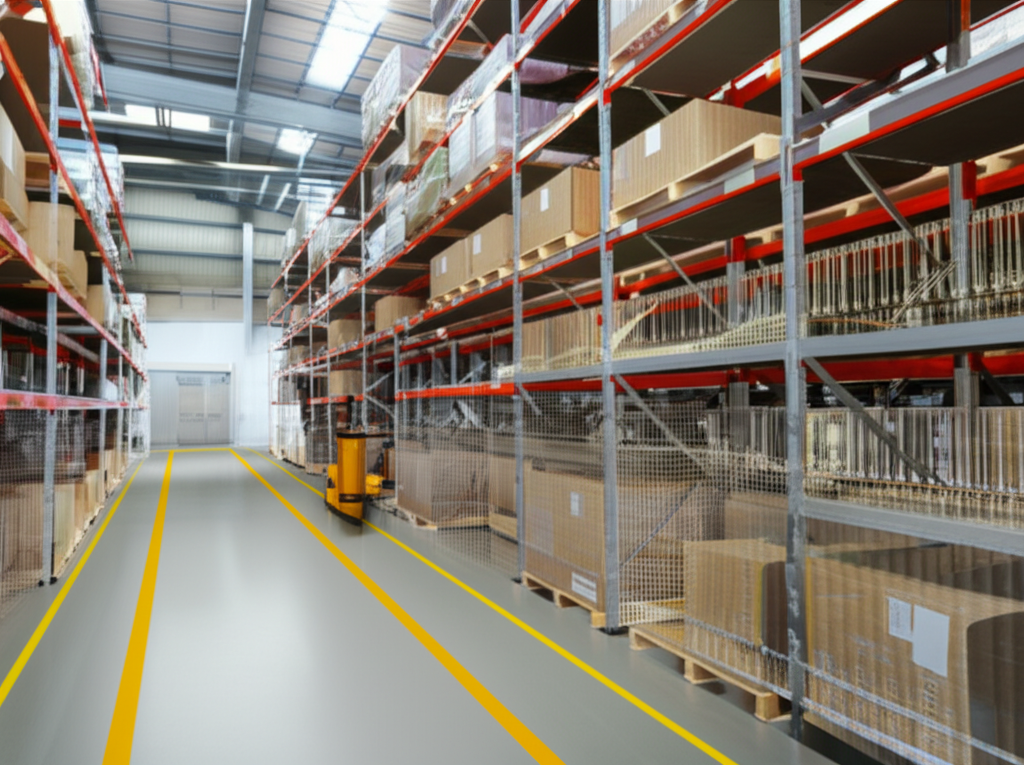R-22 Refrigerant: A Transition to a Greener Future in Cooling Technology
For decades, R-22, scientifically known as chlorodifluoromethane (CHClF2), served as the industry-standard refrigerant for a vast array of cooling and air conditioning systems. This versatile compound, characterized as a colorless gas at room temperature and a transparent liquid under pressure, offered excellent thermal and chemical stability, alongside non-corrosive properties to metals. Its widespread application spanned commercial and industrial refrigeration, including its use as a raw material for PTFE production and an intermediate for Halon 1211 production, making it indispensable in modern comfort and various industrial processes.
The Environmental Imperative: Why R-22 is Being Phased Out
Despite its efficiency and broad utility, R-22 presented significant environmental challenges. Scientists discovered that R-22, a hydrochlorofluorocarbon (HCFC), contributed to the depletion of the Earth's vital ozone layer and possessed a high Global Warming Potential (GWP). The ozone layer acts as a crucial shield, protecting our planet from harmful ultraviolet (UV) radiation. The thinning of this layer, particularly the infamous "ozone hole" over Antarctica, was directly linked to substances like R-22 when released into the atmosphere. This environmental concern prompted a global response, leading to the landmark Montreal Protocol on Substances that Deplete the Ozone Layer in 1987. This international treaty committed signatory nations, including the United States and Canada, to a phased elimination of ozone-depleting substances.
The phase-out timeline for R-22 has been progressively implemented. In 2010, the sale of new air conditioning units and heat pumps utilizing R-22 ceased. A more significant milestone occurred on January 1, 2020, when the production and import of virgin R-22 were officially banned in the United States. Following this, only recovered, recycled, or reclaimed R-22 supplies are permitted for servicing existing equipment. The ultimate goal, as outlined by the Montreal Protocol and subsequent amendments like the Kigali Amendment, is a near-complete cessation of HCFC use, with some regions aiming for full prohibition by 2030.

Implications for Existing Systems and the Path Forward
For systems still operating on R-22, the phase-out presents several key considerations. The diminishing supply of R-22 has led to a significant increase in its price, making refrigerant recharges considerably more expensive. Furthermore, while continued operation of existing R-22 systems is not illegal, finding an authorized supplier for this increasingly scarce refrigerant can become challenging. Compatibility is another critical factor; older R-22 systems are not designed to operate with newer refrigerants like R-410A due to differing pressure requirements, meaning a simple refrigerant swap is not feasible. This often necessitates a complete system replacement when a significant repair, especially involving a refrigerant leak, becomes necessary. Industry experts and HVAC manufacturers widely recommend proactive upgrades, particularly for units over 10-15 years old, as older systems naturally operate with lower energy efficiency and are more prone to breakdowns.
Embracing New, Sustainable Refrigerants
The industry has rapidly transitioned to more environmentally responsible alternatives. R-410A, a hydrofluorocarbon (HFC) with zero ozone depletion potential, became the primary replacement for R-22 in new air conditioning and heat pump systems manufactured after 2010. While R-410A marked a substantial improvement, its relatively high GWP has prompted further innovation. The latest generation of refrigerants, such as R-32 and blends like R-454B and R-290 (propane), offer significantly lower global warming potential, representing the cutting edge of sustainable cooling technology. These newer systems not only help protect the environment but also deliver enhanced energy efficiency, leading to substantial reductions in electricity costs for homeowners and businesses over time. The decision to buy or purchase a new, modern HVAC system often translates into considerable long-term savings and eligibility for various tax credits and rebates, further offsetting the initial investment. Responsible chemical manufacturers and suppliers worldwide are committed to supporting the global transition towards more sustainable refrigerants, contributing to a healthier planet and more efficient cooling solutions for all.
Manufacturing Facilities






Professional Export Experience
to Global Customers

1. 20 years of R&D, manufacturing and sales experience, serving customers in 60 countries and regions around the world;
2. Own R&D laboratory, pilot platform and large-scale production workshop, which can meet the audit requirements of global customers;
3. We can satisfy customers' perfect transition from small scale lab requirements (gram level) to commercialization requirements (hundred tons level).
A: We don't have Minimum Order Quantity, exact quantity should be provided before quotation for us to calculate the exact cost.
A: We don't provide free samples due to lots of request and expensive international courier's cost, we can deduct the sample charge after commercial order placed.
A: Our payment terms: Small or sample order: T/T IN ADVANCE. Commercial order: First order should be by T/T IN ADVANCE or L/C at sight, and following orders T/T 30~90days is acceptable subject to approval of credit application.